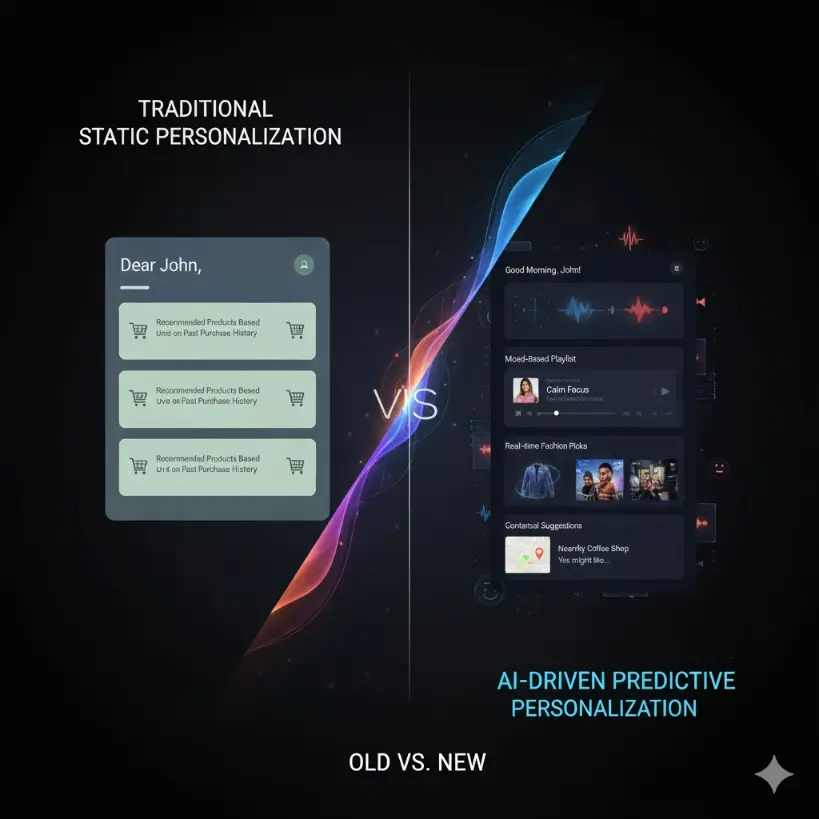AI optimizes last-mile delivery: Smart route planning for cost-effective
AI optimizes is reshaping last-mile delivery with intelligent route optimization, demand forecasting, and real-time decision-making. This article is about exploring how machine learning transforms logistics into a faster, greener, and more cost-efficient system. AI helps delivery companies automatically choose the fastest, cheapest, and most efficient routes to get packages to customers. Here is how it works.
Can you imagine ordering something on a marketplace and not having it delivered within the next 1–2 days? Me neither. The world has shifted gears — speed is the new luxury, and patience has officially gone out of fashion. Technologies evolve as quickly as our expectations, and AI… well, AI doesn’t just refine your emails or answer random midnight questions anymore. It’s out there — on the streets, in warehouses, on delivery trucks — quietly redrawing the entire logistics map.
Let’s talk about last-mile delivery, that final and often most chaotic stretch between a warehouse and your doorstep. It’s where time, cost, and customer satisfaction collide in a high-stakes race. Every wrong turn burns fuel and money; every delayed delivery chips away at brand trust. This is exactly where AI takes over — in the best sense possible, it optimizes the game, not rewrites it.

Smart Routes, Smarter Business
AI-driven route planning doesn’t just find the shortest path but predicts, learns, and adapts. Traffic jams? Weather disruptions? Sudden surge in orders? Algorithms adjust on the fly, balancing speed, cost, and efficiency. AI models analyze historical data, road conditions, and even driver behavior to craft hyper-personalized delivery routes that save minutes, fuel, and nerves.
How Route Optimization Works
Last-mile delivery is the most expensive and unpredictable part of the logistics chain. The challenge lies in determining the most efficient sequence and path for each delivery vehicle — in real time — while accounting for hundreds of dynamic variables such as traffic patterns, road closures, fuel costs, and customer time windows.
AI-driven route optimization models ingest this data continuously and generate the best possible delivery routes using advanced algorithms. Many systems employ reinforcement learning, predictive analytics, and graph optimization techniques to evaluate millions of route combinations in seconds. The model learns from historical patterns — driver behavior, local geography, seasonal demand — and adapts instantly when something changes on the ground. The result: reduced operational costs, lower emissions, and faster delivery times.
Thus, behind this seamless precision lies an invisible backbone — data. Mountains of it. Let's break it down, using Abaka AI as an example
How Does it Work? Abaka Explains.
At Abaka AI, we provide the high-quality data foundation these intelligent systems rely on. Next, data annotation services help train models to understand urban landscapes, detect obstacles, and plan routes with surgical precision. From labeling delivery zones to training systems in reinforcement learning (RLHF) for adaptive decision-making, route optimization, and predictive logistics, we ensure AI learns not just to drive — but to think.
The key is in:
- Data collection and annotation for accurately labeled traffic, geographic, and behavioral datasets for supervised ML models.
- AI-powered annotation tools for reduced costs and accelerated turnaround times.
- Reinforcement Learning from Human Feedback (RLHF) for to fine-tuning models for context-aware decision-making.
- Model evaluation and training services for helping companies validate and deploy their optimization systems efficiently.
By combining large-scale data pipelines with precise annotation and feedback cycles, Abaka AI enables developers to build smarter, more adaptive logistics systems — the kind that can predict, optimize, and continuously improve.
The Road Ahead
Therefore, last-mile delivery is no longer a race of couriers, but of algorithms. The winners will be those who can merge real-world unpredictability with intelligent automation and turn the chaos of urban logistics into a cohesive symphony of precision.
And Abaka AI?
We’re not just watching the race.
We’re building the engine that drives it.
Contact our experts to find out even more.